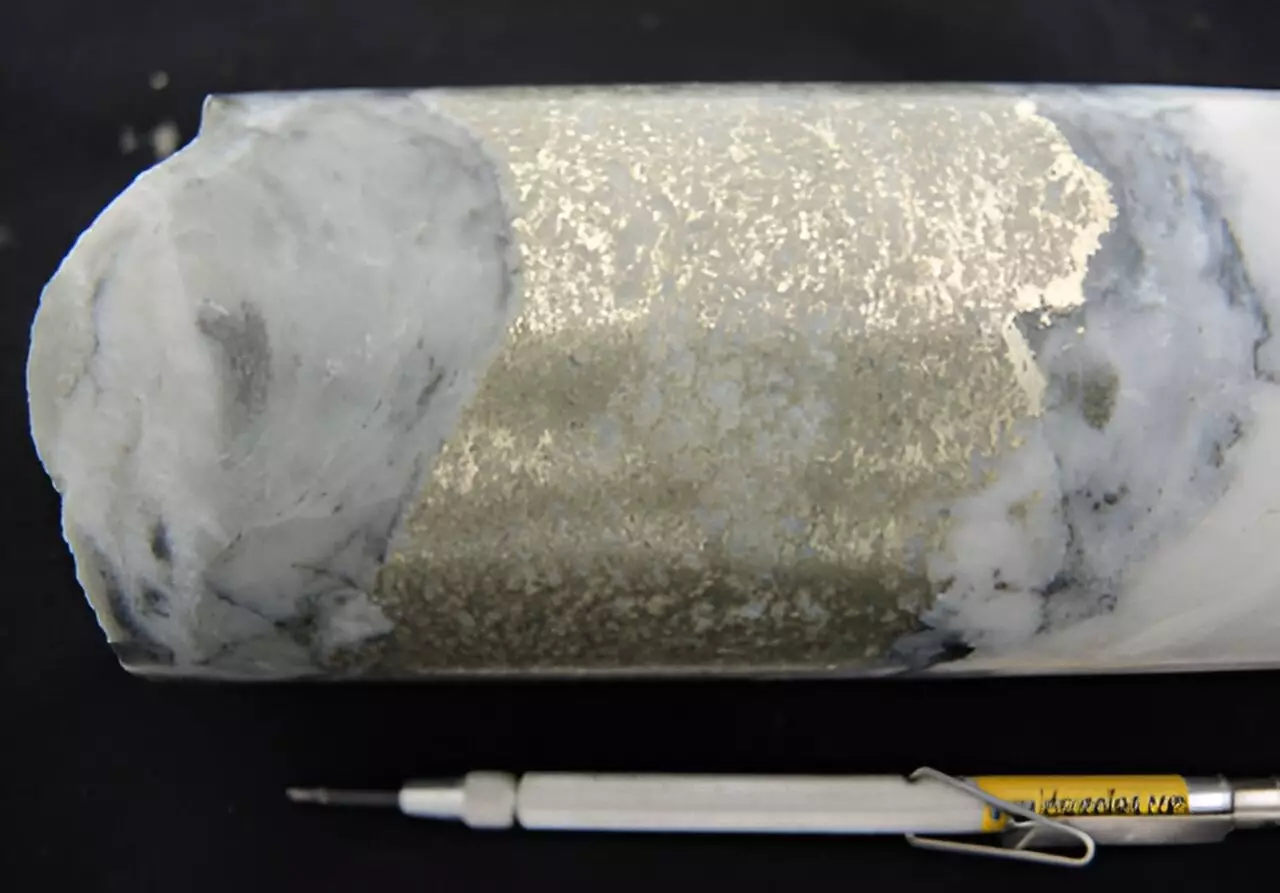For centuries, humanity has looked to the surface of the Earth in search of its most coveted treasure—gold. Traditionally, this pursuit has been limited to terrestrial mines resulting in extensive environmental impacts, much of which could have been avoided with a deeper understanding of gold’s origins. Recent groundbreaking research suggests that the key to more efficient, sustainable gold extraction might lie beneath our oceans, within the uncharted realms of the seafloor, fundamentally shifting how we perceive Earth’s mineral wealth.
In an astonishing discovery, scientists from McGill University have revealed a previously overlooked process whereby seawater interacts with geological formations to produce high-quality gold deposits. The study, conducted in remote British Columbia, uncovers how ancient oceanic volcanic and sedimentary formations served as repositories for gold, brought forth through a process heavily influenced by seawater and unique chemical signatures. This revelation could redefine the pathway to gold discovery, emphasizing submarine structures as promising new frontiers.
This research departs sharply from conventional wisdom. We have long believed that high-grade gold deposits are mainly derived from hydrothermal fluids that rise through the Earth’s crust, forming veins that miners chase eagerly. Now, the evidence suggests seawater, an abundant and sustainable resource, played an integral role in depositing gold in ancient geological settings. High-resolution mass spectrometry allowed researchers to decode the chemical fingerprint of these mineral formations, seeing seawater as a catalyst rather than a mere background ingredient. This insight shifts our understanding away from purely magmatic or hydrothermal models, situating seawater as a central character in the story of Earth’s mineralization.
Crucially, the findings build upon earlier work by the same team, which likened the formation of gold nanoparticles to souring milk—where proteins clump together under specific conditions. The current study illuminates how sodium ions from oceanic seawater act as the trigger, promoting the aggregation of gold nanoparticles into rich veins. This process suggests that high-grade gold deposits could naturally form beneath the seabed in oceanic island arcs and trenches—regions that until now were ignored or considered too remote for commercial exploitation. Therefore, the ocean’s depths represent an untapped goldmine of significant potential, a prospect that heavily contradicts our traditional land-centric mindset.
The implications extend far beyond geological curiosity. Gold is now even more critical due to its role in advanced technological applications—battery components, medical devices, renewable energy systems—powers that are central to global efforts against climate change. Argyle or not, existing terrestrial mines struggle with low ore grades and environmental degradation. Discovering how gold can form in the ocean environment opens doors to a cleaner, more sustainable future in mineral extraction.
Skeptics might argue that oceanic mining is fraught with logistical, environmental, and geopolitical challenges. However, the scientific findings emphasize that the ocean floor is not just a resource to be exploited recklessly but a natural storehouse of mineral wealth that, if tapped ethically, could greatly diminish the ecological footprint of gold production. These deep-sea deposits could hold high concentrations of gold, making extraction potentially more efficient than traditional methods, which often require processing large volumes of ore and generate significant waste.
Moreover, this paradigm shift resonates with the growing global consensus on the need for sustainable resource management. As the demand for critical minerals grows exponentially, the ocean—long viewed as a frontier of uncertainty—emerges as a promising realm of opportunity. Technologies in deep-sea exploration and mining are advancing rapidly, and with targeted studies, the prospect of extracting high-grade gold becomes increasingly feasible. This could be the catalyst that pushes the industry towards more responsible extraction practices while satisfying the insatiable appetite for valuable minerals necessary for a green-energy revolution.
The study’s insights challenge us to reconsider long-held assumptions about mineral formation and deposition. By unveiling the role seawater plays in creating rich gold veins deep within Earth’s crust, researchers have opened a new chapter in geology and resource science. It’s a call to explore beyond the visible, to harness the untapped potential hidden within the oceanic crust, and reimagine the future of sustainable gold mining—where innovation and respect for natural processes go hand in hand.

